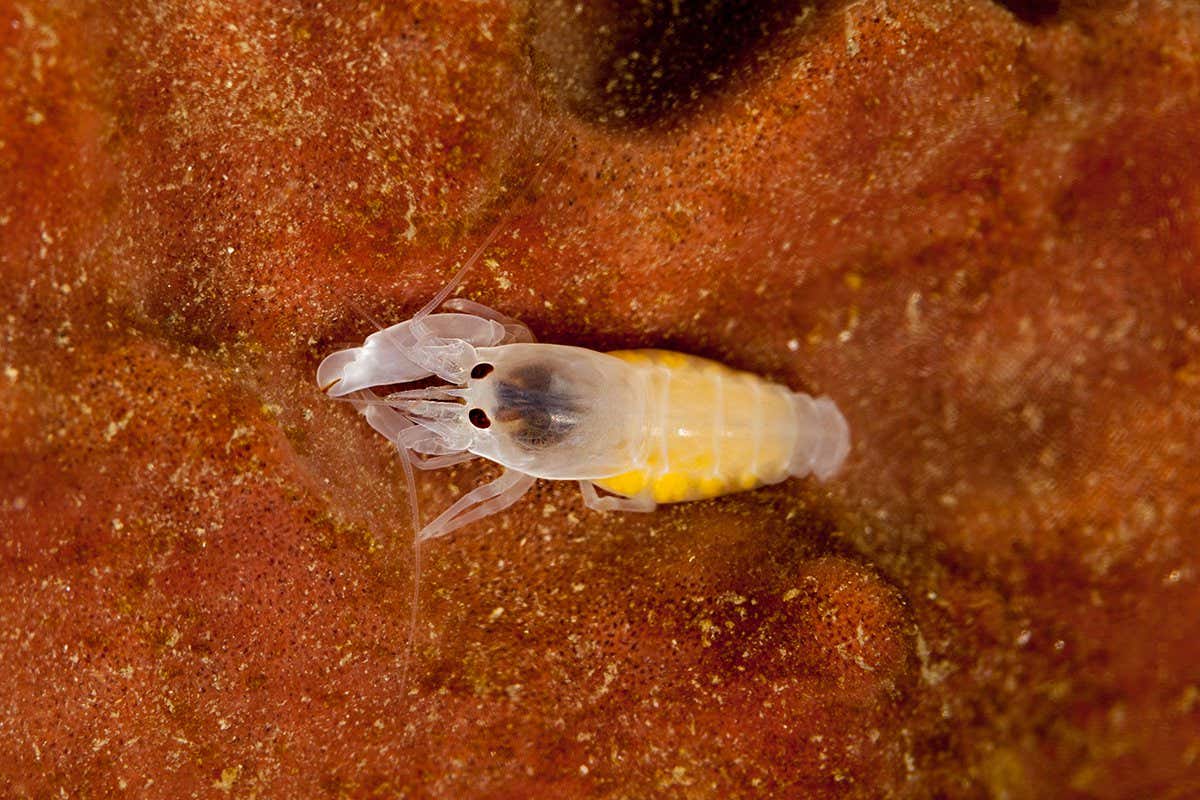Snapping Shrimp: Tiny Claws, Record-Breaking Speed
The tiny crustacean packs a powerful punch, exceeding the speed of a .22 caliber bullet.
The ocean's depths hold many wonders, and among them is a creature so small it often goes unnoticed, yet possesses a remarkable ability: the snapping shrimp. These seemingly insignificant crustaceans, with their disproportionately large claws, are capable of generating one of the fastest movements in the animal kingdom, a speed that surpasses even a .22 caliber bullet. This incredible feat isn't just a quirk of nature; it plays a crucial role in their survival and the overall marine ecosystem.
The Mechanics of a Mighty Snap
The snapping shrimp's secret weapon lies in its specialized claw. This claw isn't your average pincer; it's a sophisticated biological mechanism. When the shrimp snaps its claw shut, it generates a cavitation bubble—a void in the water—that collapses with explosive force, creating a sound louder than a gunshot and a shockwave powerful enough to stun or kill small prey.
-
Cavitation Bubble Collapse: This is the key to the shrimp's incredible speed. The rapid collapse of the bubble generates a jet of water traveling at an astonishing speed, estimated to reach up to 100 kilometers per hour (60 mph) – faster than a .22 caliber bullet!
-
Sonoluminescence: The intense pressure and temperature generated during bubble collapse can even lead to sonoluminescence, a phenomenon where light is emitted from the collapsing bubble. While the light is faint and difficult to see, it's another fascinating aspect of this miniature marvel.
-
Prey Capture: This high-speed snap isn't just for show. It's the shrimp's primary hunting method, effectively stunning or killing small fish and crustaceans within its reach.
More Than Just a Powerful Snap: Ecological Significance
The snapping shrimp's impact extends beyond its individual hunting prowess. Their collective snapping creates a distinctive, intense sound that contributes to the soundscape of the ocean. This "oceanic noise" plays a vital role in the lives of various marine animals, impacting communication, navigation, and predator-prey interactions.
-
Habitat Formation: In large colonies, the snapping shrimp can create significant noise pollution which can affect the hearing of other species. However, their burrows also contribute to the overall structure and aeration of the seabed.
-
Symbiotic Relationships: Some fish species have adapted to live in close proximity to snapping shrimp colonies, finding protection within their burrows and even using the sound as a form of communication.
Research and Future Studies
The snapping shrimp's unique capabilities continue to fascinate scientists. Ongoing research explores the intricacies of their claw mechanism, the implications of their sound production on the marine environment, and potential biomimetic applications. Understanding their incredible speed could lead to advancements in various fields, from underwater robotics to medical technology.
Conclusion: A Tiny Titan of the Deep
The snapping shrimp, despite its diminutive size, is a remarkable creature capable of generating astonishing speed and power. Its unique adaptations highlight the incredible diversity and ingenuity found in the natural world, reminding us that even the smallest of creatures can have a significant impact on their environment. Further research into these tiny titans of the deep promises to reveal even more about their fascinating biology and ecological role.
Keywords: Snapping Shrimp, Cavitation, Sonoluminescence, High-Speed Movement, Marine Biology, Underwater Acoustics, Biomimetics, Ocean Soundscape, Animal Kingdom Records.

